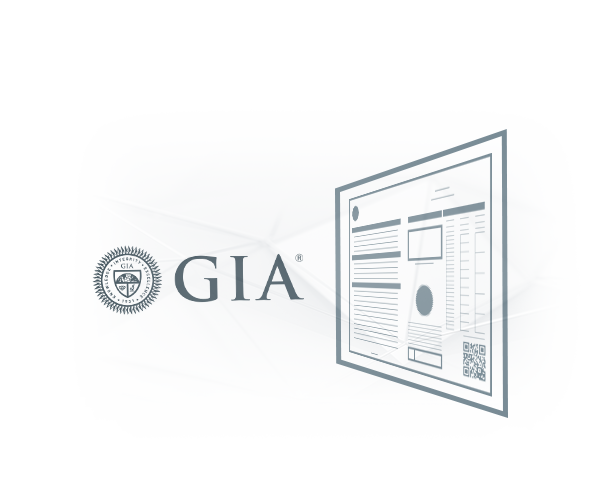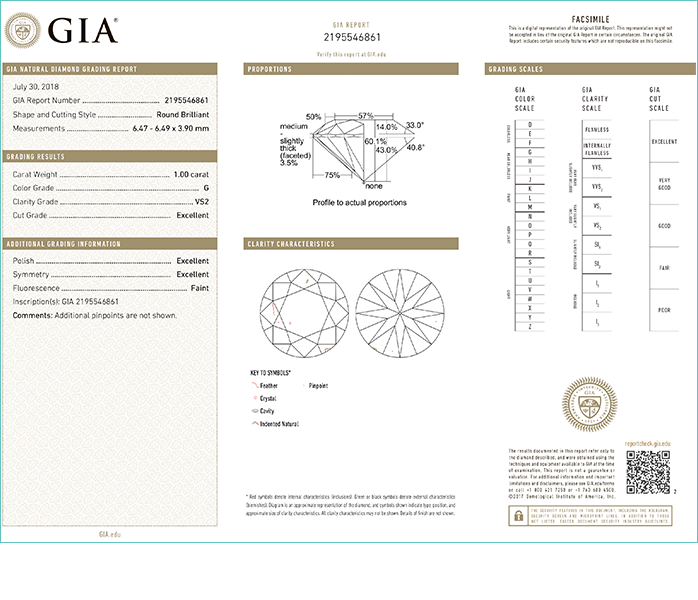What is a Diamond Certificate?
A diamond certificate or a diamond grading report is a document issued by a gemological laboratory. It includes all the characteristics of the stone, such as color, clarity, cut grade, fluorescence, weight, measurements, etc. Those grading parameters estimate the value of the diamond. A diamond certificate is like a passport for human beings.
Two international gemological laboratories are considered the most important ones:


Those are two gemological laboratories that are the most recognized by fair grading. I trust some other reliable laboratories as a gemologist, but their diamond grading reports are not widely represented in the international market. Gemological laboratories like SSEF - Swiss gemological institute, TGL, or any other Japanese gem lab, in which diamond grading reports are represented mostly at the local markets, can be trusted as correct and accurate graded.

The certificate verifies the polished diamond quality, issued to help the customer make the right buying decision. So, what can be so important to dedicate a separate article to this subject? It is a small but significant and problematic issue. The problem is not that there are a lot of gemological laboratories. The problem is that only a few of them care to be honest in diamond grading. Unfortunately, most gemological laboratories use a person’s trust to certificate as the document, correctly describing diamond grading. They “upgrade” diamonds’ characteristics, helping indecent diamond traders get a higher price for lower quality diamonds.
So, what should we do to avoid this
and not to become deceived?
It’s easy. Do not agree to buy the stone without a certificate from the laboratory you can trust. Even if the seller convinces you that the certificate from this particular laboratory is 100% solid, do not hurry to believe him because your trust may cost you a lot $$$. Just ask him to give you the same diamond, with precisely the same grades complied with the GIA certificate. For the same price of cause and watch his anger. Do not let anybody fool you.










In Conclusion
If you buy a diamond, we advise you to look for GIA or HRD diamond reports. For gemstones, we recommend asking for SSEF, GIA, and GCI certificates. It’s easy. Do not agree to buy the stone without a certificate from the laboratory you can trust. Even if the seller convinces you that a certificate from this particular laboratory is guaranteed, do not hurry to believe him because your trust may cost you a lot $$$. Just ask him to give you exactly the same diamond, precisely the same characteristics accompanied by the GIA certificate. For the same price, of course, and watch his anger. Do not let anybody fool you. In conclusion: If you want to buy a diamond, we advise you to look for GIA or HRD diamond reports. For gemstones, we recommend you ask for SSEF, GIA, and GCI certificates.




